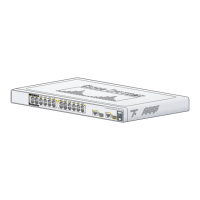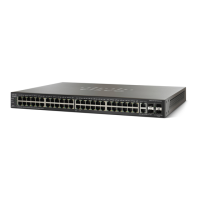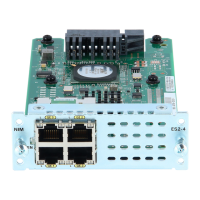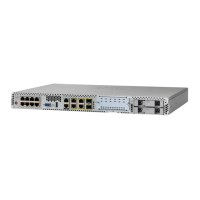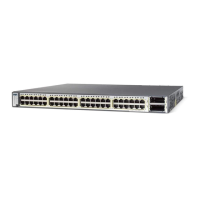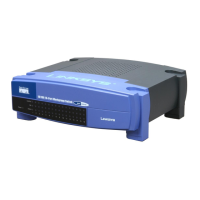Configuring Spanning Tree
Defining Spanning Tree Interface Settings
ESW 500 Series Switches Administration Guide 272
11
-
Enabled
— Enables Port Fast on the port.
-
Disabled
— Disables Port Fast on the port.
-
Auto
— Enables Port Fast mode a few seconds after the interface
becomes active.
• Enable Root Guard — Enable the prevention of a devices outside the network
core from being assigned the spanning tree root. The possible field values are:
-
Checked
— Enables Root Guard on the selected port or EtherChannel.
-
Unchecked
— Disables Root Guard on the selected port or
EtherChannel. This is the default value.
• Enable BPDU Guard — Protects the network from invalid configurations. The
possible field values are:
-
Checked
— Enables BPDU Guard on the selected port or EtherChannel.
-
Unchecked
— Disables BPDU Guard on the selected port or
EtherChannel. This is the default value.
• Port State — Displays the current STP state of a port. If enabled, the port state
determines what forwarding action is taken on traffic. Possible port states are:
-
Disabled
— Indicates that STP is currently disabled on the port. The port
forwards traffic while learning MAC addresses.
-
Blocking
— Indicates that the port is currently blocked and cannot
forward traffic or learn MAC addresses.
-
Listening
— Indicates that the port is in Listening mode. The port cannot
forward traffic nor can it learn MAC addresses.
-
Learning
— Indicates that the port is in Learning mode. The port cannot
forward traffic, however it can learn new MAC addresses.
-
Forwarding
— Indicates that the port is in Forwarding mode. The port
can forward traffic and learn new MAC addresses.
• Speed — Indicates the speed at which the port is operating.
• Path Cost — Defines the port contribution to the root path cost. The path cost
is adjusted to a higher or lower value, and is used to forward traffic when a path
being rerouted.
• Default Path Cost — Defines the default path cost as the Path Cost field
setting. The possible field values are:
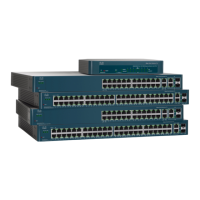
